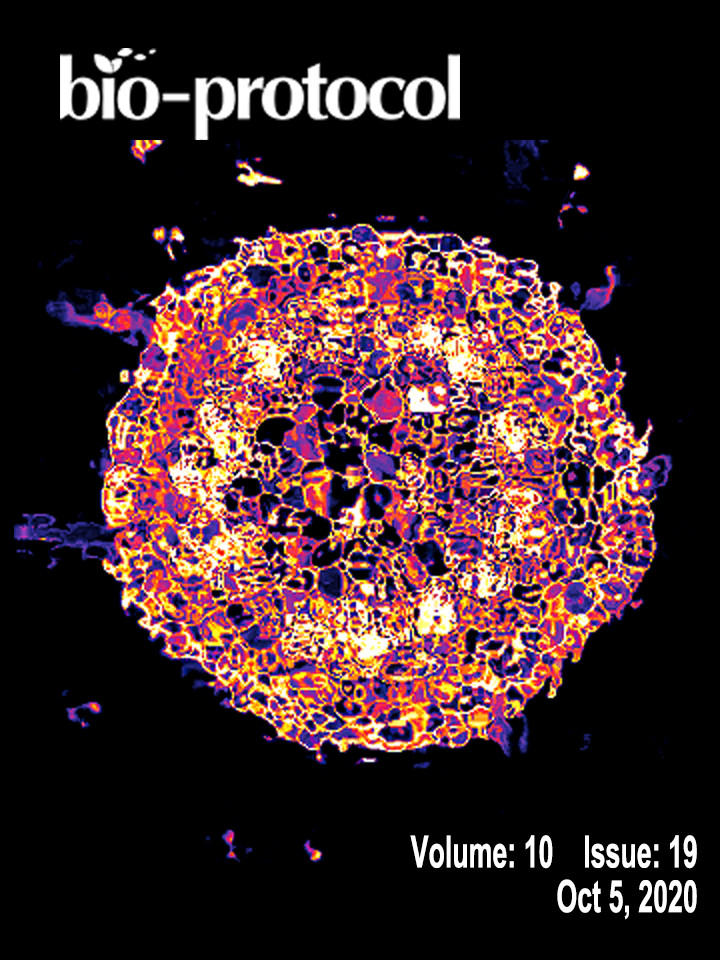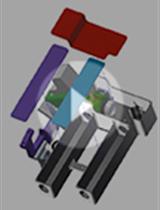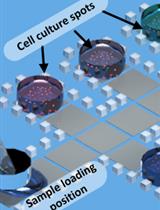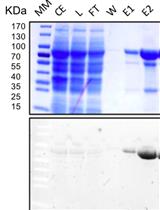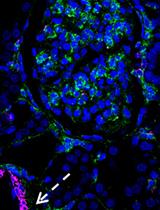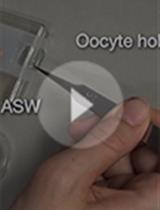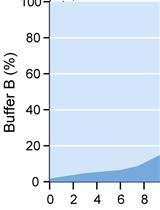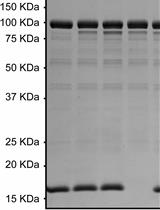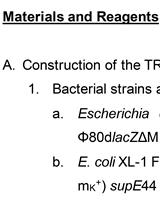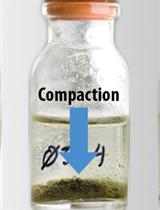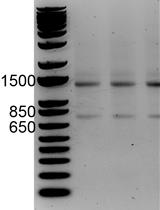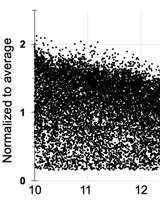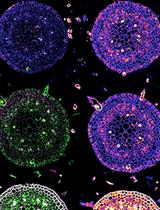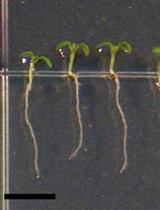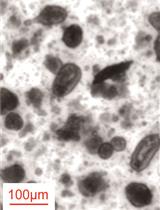往期刊物2020
卷册: 10, 期号: 19
生物物理学
Assembly and Imaging Set up of PIE-Scope
PIE-Scope的组装和成像设置
癌症生物学
A Novel and Robust Single-cell Trapping Method on Digital Microfluidics
一种新颖、可靠的数字微流控单细胞捕获方法
细胞生物学
Affinity Purification of GO-Matryoshka Biosensors from E. coli for Quantitative Ratiometric Fluorescence Analyses
用于定量比率荧光分析的大肠杆菌GO-Matryoshka生物传感器亲和纯化
Double Labeling of PDGFR-β and α-SMA in Swine Models of Acute Kidney Injury to Detect Pericyte-to-Myofibroblast Transdifferentation as Early Marker of Fibrosis
双标记PDGFR-β和α-SMA在猪急性肾损伤模型中检测周细胞-肌成纤维细胞转化作为早期纤维化标志物的研究
发育生物学
Fluorescence Measurement and Calibration of Intracellular pH in Starfish Oocytes
海星卵母细胞内pH值的荧光测定与校准
微生物学
Analysis of Gram-negative Bacteria Peptidoglycan by Ultra-performance Liquid Chromatography
革兰阴性菌肽聚糖的超高效液相色谱法分析
Radioactive Assay of in vitro Glutamylation Activity of the Legionella pneumophila Effector Protein SidJ
嗜肺军团菌效应蛋白SidJ体外谷氨酰化活性的放射性测定
TetR Regulated in vivo Repression Technology to Identify Conditional Gene Silencing in Genetically Engineerable Bacteria Using Vibrio cholerae Murine Infections as Model System
以小鼠霍乱弧菌感染为模型系统的TetR调控体内抑制技术鉴定基因工程菌的条件基因沉默
Simple Time-lapse Imaging for Quantifying the Hydrostatic Production of Oxygenic Photogranules
用于定量含氧光颗粒静水压力的简单时差成像
分子生物学
Using RNA Sequencing and Spike-in RNAs to Measure Intracellular Abundance of lncRNAs and mRNAs
应用RNA测序和RNAs峰值检测lncRNAs和mRNAs的细胞内丰度
神经科学
An Operant Conditioning Model Combined with a Chemogenetic Approach to Study the Neurobiology of Food Addiction in Mice
操作式条件反射模型结合化学遗传学方法研究小鼠食物成瘾的神经生物学机制
Preparing Viable Hippocampal Slices from Adult Mice for the Study of Sharp Wave-ripples
成年小鼠海马脑片的制备及其锐波波纹的研究
植物科学
Multitarget Immunohistochemistry for Confocal and Super-resolution Imaging of Plant Cell Wall Polysaccharides
植物细胞壁多糖共聚焦和超分辨成像的多靶点免疫组织化学研究
A Protocol for Flavonols, Kaempferol and Quercetin, Staining in Plant Root Tips
植物根尖中黄酮醇、山奈酚和槲皮素的染色方法
干细胞
Fluidigm Based Single-cell Gene Expression Library Preparation from Patient-derived Small Intestinal Organoids
基于Fluidigm的源于患者小肠类器官单细胞基因表达文库的制备


